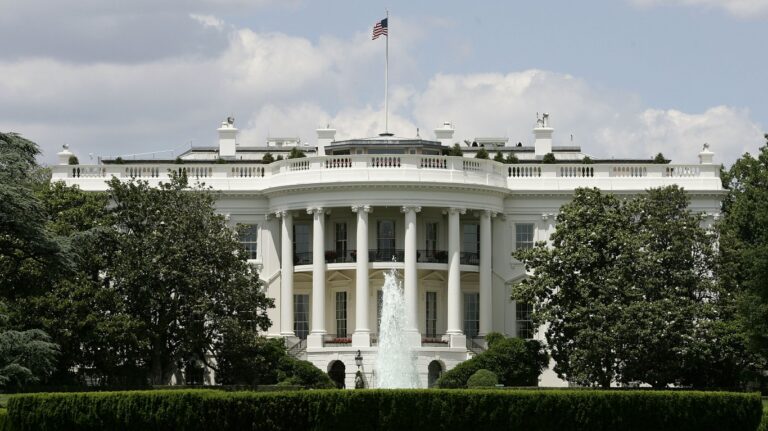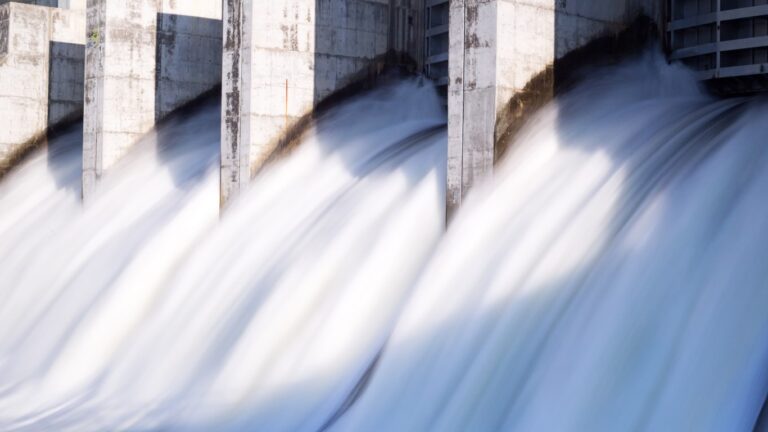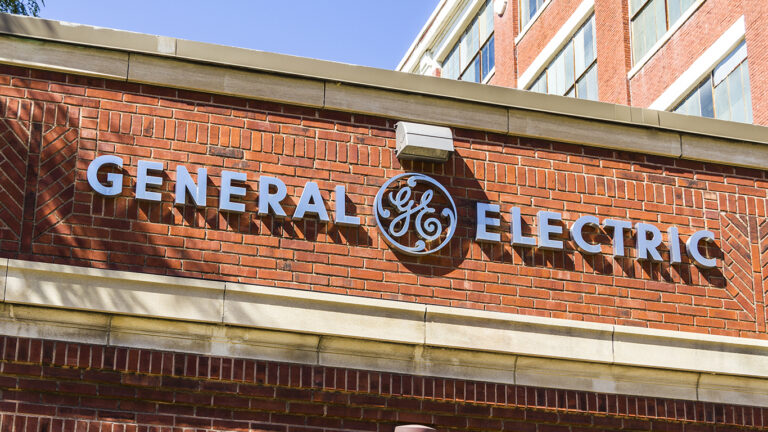Expensive Technology Creates Clean Water For The Poor

Desalination is a way to turn salt water into fresh water. It is immensely expensive. The expansion of one facility in Kuwait recently cost $1.8 billion. In just 2015, the government’s investment in fresh water was $3.4 billion. There is a theory that this technology can serve some of the world’s poorest, arid countries.
GWI points out that over the last three decades there have been over 20,000 desalination and water resume projects. Most are very small. In the US, there are a few in California, but the princess is too expensive to provide water to a large number of people.
The Washington Post covered the use of desalination in Morocco. There is just one large plant today. It is not clear how others will be funded. The current plan is that the available drinking water from the process will move to 60% of all water consumed from 9% today. That process will take five years. The electricity required for the process will come from clean energy.
Complex Building
Building and operating the installations is not just expensive, but complex. Many underdeveloped countries do not have the pipe infrastructure to move water from one place to another, in volume.
Countries could issue bonds for the work, but those with poor credit ratings may not be able to afford the capital. If the investment comes from outside the nations, the issue does not change. It is one of financial risk
Does desalination work? Yes. Does the process involve moving the water and funding the projects? Much harder to say.
Sponsor
Find a Vetted Financial Advisor
- Finding a fiduciary financial advisor doesn't have to be hard. SmartAsset's free tool matches you with up to 3 financial advisors that serve your area in 5 minutes.
- Each advisor has been vetted by SmartAsset and is held to a fiduciary standard to act in your best interests. Get on the path toward achieving your financial goals!






